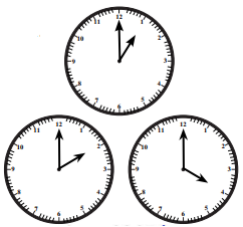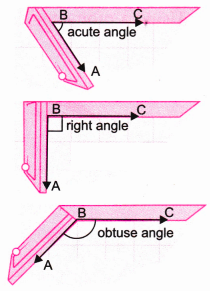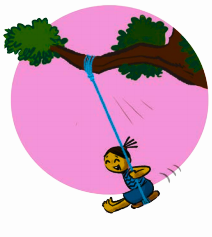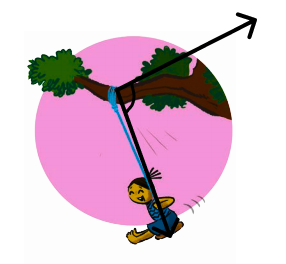Class 6 Maths Chapter 2 Questions and Answers - Free PDF Download
FAQs on NCERT Solutions For Class 6 Maths Chapter 2 Lines And Angles Exercise 2.9 - 2025-26
1. What are the key topics I will learn to solve in NCERT Solutions for Class 6 Maths Chapter 2, Whole Numbers?
The NCERT Solutions for Class 6 Maths Chapter 2 guide you through solving problems related to whole numbers. Key topics include understanding predecessors and successors, performing operations like addition and subtraction on a number line, and applying the fundamental properties of whole numbers such as closure, commutativity, associativity, and the distributive property to simplify calculations.
2. What is the correct step-by-step method to find the predecessor and successor of a given whole number?
The correct method as per NCERT guidelines is straightforward:
To find the successor of a whole number, you must add 1 to it. For example, the successor of 99 is 99 + 1 = 100.
To find the predecessor of a whole number (except zero), you must subtract 1 from it. For example, the predecessor of 100 is 100 - 1 = 99. Note that the whole number 0 does not have a predecessor in whole numbers.
3. How do the NCERT Solutions explain solving addition problems on a number line in Chapter 2?
The NCERT Solutions provide a clear, step-by-step visual method. To add two whole numbers, say 3 and 4, you start at the first number (3) on the number line. Then, you make a number of jumps to the right equal to the second number (4). The point where you land is the sum. So, from 3, you jump 4 units to the right to land on 7.
4. How do you apply the distributive property to solve complex multiplication problems in NCERT Exercise 2.2?
The distributive property, a × (b + c) = (a × b) + (a × c), is used to break down a larger number into a sum of smaller, easier-to-manage numbers. For example, to solve 728 × 101, you can write 101 as (100 + 1). The problem becomes 728 × (100 + 1), which is solved as (728 × 100) + (728 × 1). This simplifies the calculation to 72800 + 728 = 73528.
5. Are the methods in these NCERT Solutions for Chapter 2 aligned with the latest CBSE syllabus for 2025-26?
Yes, these NCERT Solutions for Class 6 Maths Chapter 2 are fully updated and meticulously aligned with the official CBSE curriculum for the academic year 2025-26. The step-by-step methods and problem-solving techniques strictly follow the patterns and question types prescribed in the latest NCERT textbook.
6. Why is zero considered the smallest whole number, and what is its predecessor?
Zero is the smallest whole number because the set of whole numbers begins with 0 (0, 1, 2, 3,...). Natural numbers, on the other hand, start from 1. A key concept to understand is that a whole number cannot have a negative value. The predecessor of zero would be 0 - 1 = -1, which is an integer but not a whole number. Therefore, zero has no predecessor within the set of whole numbers.
7. How does understanding the associative property help in solving NCERT problems faster?
The associative property for addition [a + (b + c) = (a + b) + c] and multiplication [a × (b × c) = (a × b) × c] allows you to regroup numbers in a calculation to make it simpler. For example, when solving 8 + 17 + 12, instead of adding sequentially, you can regroup it as (8 + 12) + 17. This simplifies the problem to 20 + 17 = 37, which is much easier to calculate mentally. This technique is crucial for solving problems involving suitable rearrangement.
8. Why is subtraction not commutative for whole numbers, unlike addition?
Commutativity means the order of numbers does not change the result (a + b = b + a). This holds true for addition (e.g., 5 + 3 = 8 and 3 + 5 = 8). However, for subtraction, changing the order changes the result. For example, 5 - 3 = 2, but 3 - 5 = -2. Since 2 is not equal to -2, subtraction is not commutative for whole numbers. This is a fundamental rule explained in Chapter 2.

































